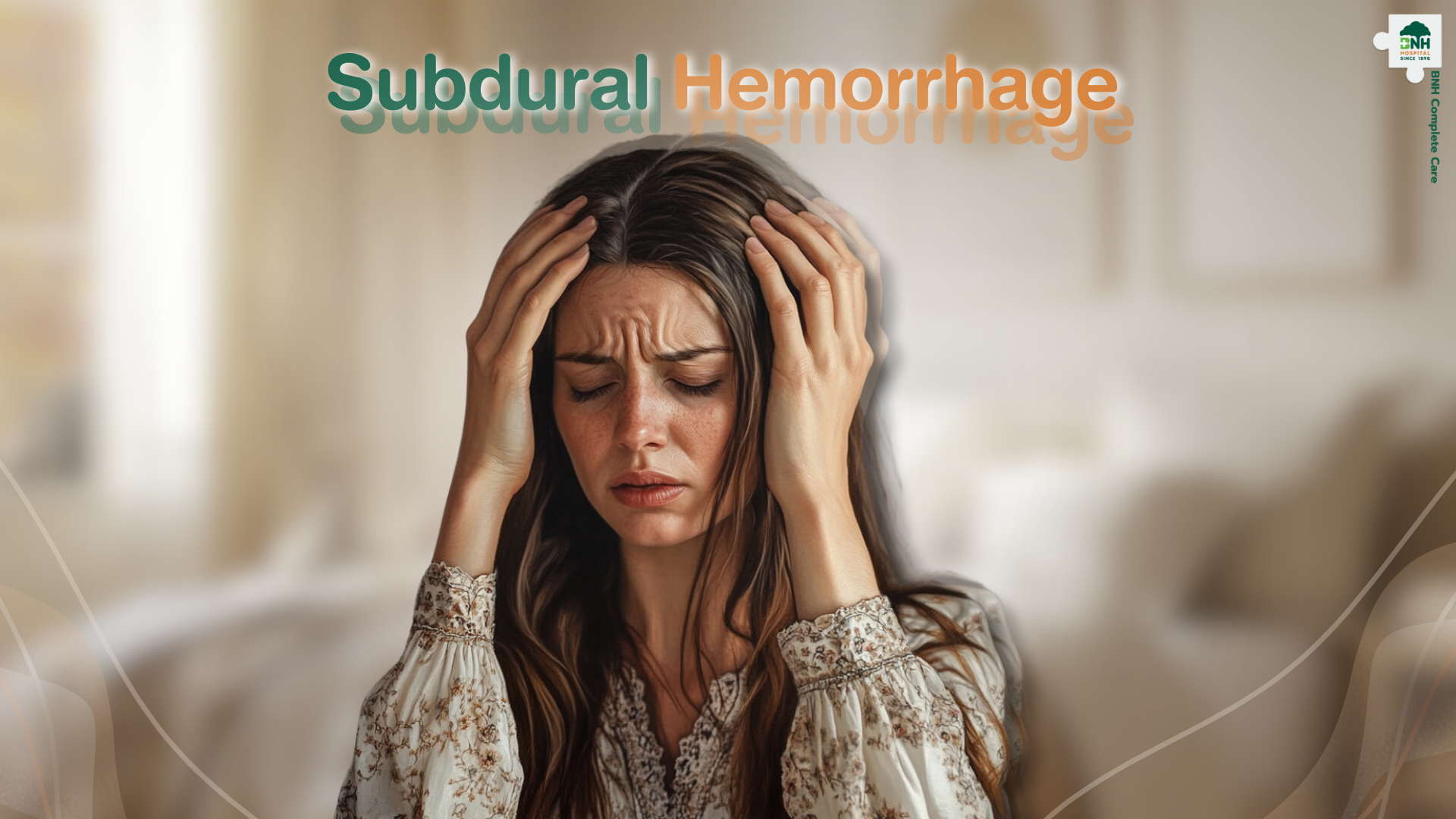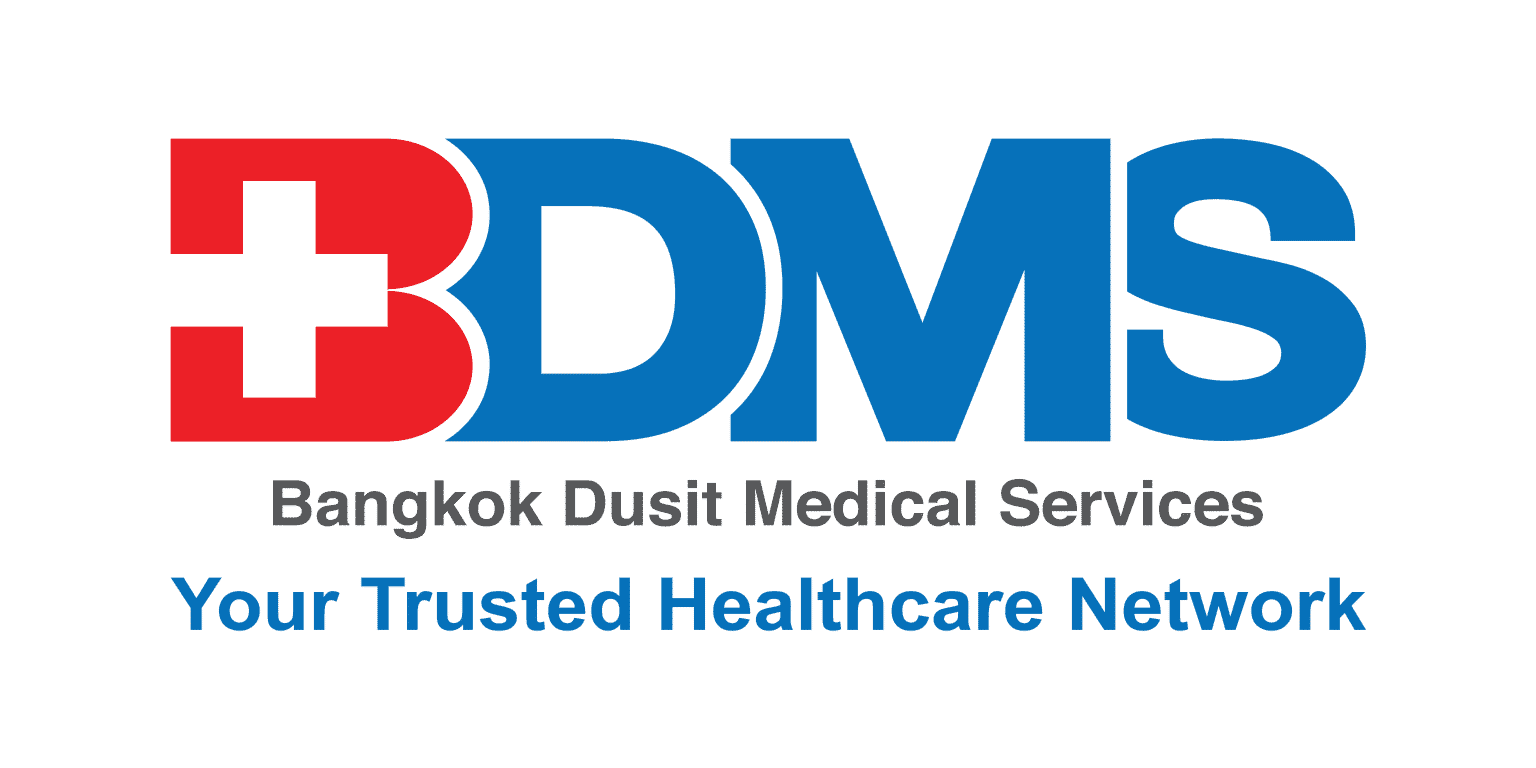
Chronic Subdural Hematoma (CSDH) is a significant medical condition commonly found, especially in the elderly.
If left untreated, it can lead to severe consequences, including disability or death.

MRI and CT scan images of the brain showing right-sided CSDH (Chronic Subdural Hematoma)
with compression of the brain (as indicated by the arrows).
Causes:
- Head injury, even minor impacts
- Use of blood-thinning medications
- Regular alcohol consumption
- Liver diseases affecting blood clotting
- Brain atrophy in the elderly, increasing subdural space
- Brain surgery or cerebrospinal fluid drainage
Symptoms of CSDH:
- Headache: Most common symptom, can be continuous or intermittent
- Weakness: May affect one side of the body
- Numbness in various body parts
- Slurred speech or communication problems
- Seizures: Especially with large hematomas
- Confusion: Disorientation about time, date, or place
- Memory loss: Difficulty remembering recent events or short-term information
- Impaired decision-making: Problems with analysis or decision-making
- Unsteady gait or poor balance
- Poor muscle coordination
- Mood swings: Irritability or depression
- Personality changes: Behavior different from usual
Importantly, these symptoms often develop slowly, making it difficult for patients or relatives to notice initially.
Treatments:
- Observation (for mild cases with small hematomas)
- Burr Hole Surgery: Small holes drilled in the skull to drain blood
- Craniotomy: For large hematomas or recurrent bleeding
Disadvantages of surgery: Risks from anesthesia, potential complications like infection, longer recovery, and possible recurrence.
4. Endovascular Embolization
Treatment of chronic subdural hematoma by embolization is a new non-surgical option. It involves Middle Meningeal Artery (MMA) Embolization to reduce blood flow to the outer meninges, the source of bleeding in CSDH. Advantages include:
- Safer than surgery
- No surgical incision
- Less painful for patients
- Good treatment outcomes
- Immediate resumption of blood thinners or antiplatelet medication if needed for other conditions
Treatment choice depends on factors like hematoma size, symptom severity, patient’s age and health, and available technology. Doctors choose the most appropriate method for each patient, focusing on the best outcome with minimal risk.
Treatment procedure:
- Anesthesia or conscious sedation
- Catheter insertion through the groin
- Guiding the catheter to the affected meningeal artery
- Injecting special embolization material through a microcatheter
- The procedure takes about 1-2 hours

The image shows contrast injection into the Middle Meningeal Artery (MMA) supplying the meninges.

The arrow in the image shows the insertion of a microcatheter into the MMA (Middle Meningeal Artery),
followed by embolization under DSA (Digital Subtraction Angiography) guidance.
Treatment outcomes:
- Most patients improve within 1-2 weeks
- Accumulated blood is gradually absorbed naturally
Follow-up:
- Brain CT scans at 1 and 3 months post-treatment
- Doctors assess hematoma resolution and patient symptoms

CT scan images comparing before and after treatment of right-sided CSDH, demonstrating complete resolution without surgery
In conclusion
Treating CSDH with embolization offers a more efficient, safer, and patient-friendly alternative compared to traditional surgery. This represents a significant advancement in the treatment of neurological disorders. However, the choice of treatment method should be considered on an individual basis.
References:
- Link TW, et al. Middle meningeal artery embolization for chronic subdural hematoma: Endovascular technique and radiographic findings. Interv Neuroradiol. 2018;24(4):455-462.
- Ban SP, et al. Middle meningeal artery embolization for chronic subdural hematoma. Radiology. 2018;286(3):992-999.
*All copyright of pictures: my own photo (Dr. Ittichai Sakarunchai)

Assoc. Prof. Ittichai Sakarunchai, M.D.
Assistant Professor of Neurosurgery & Interventional Neuroradiology
BNH Neuroscience Centre




